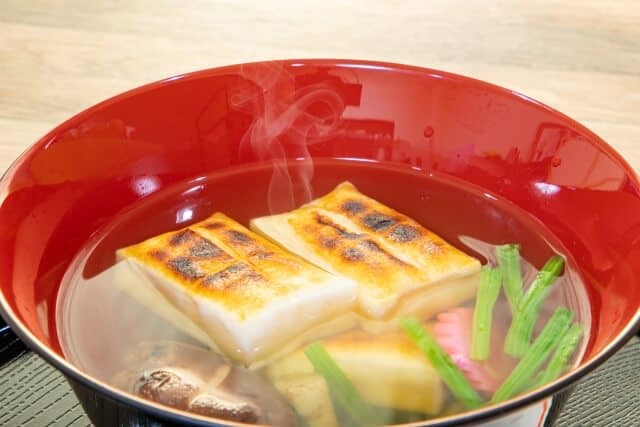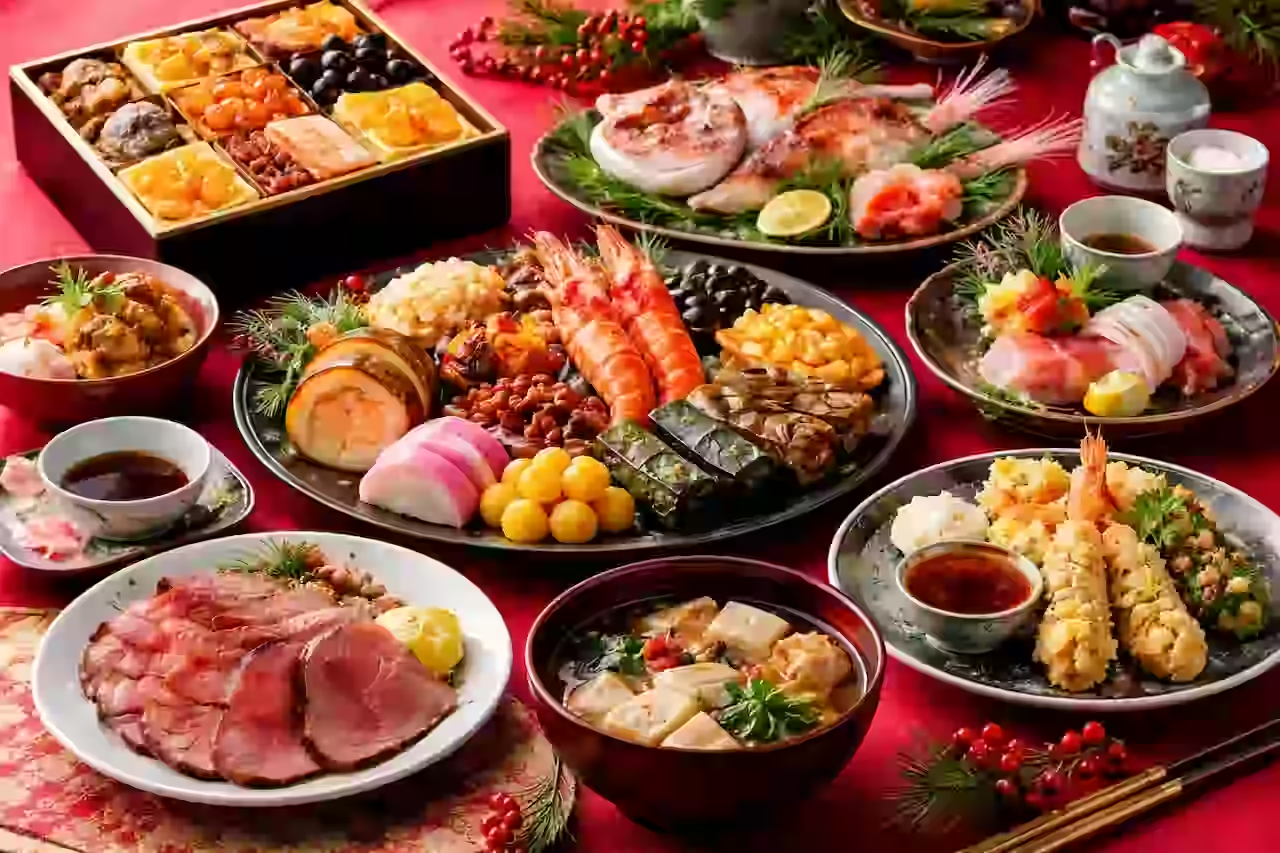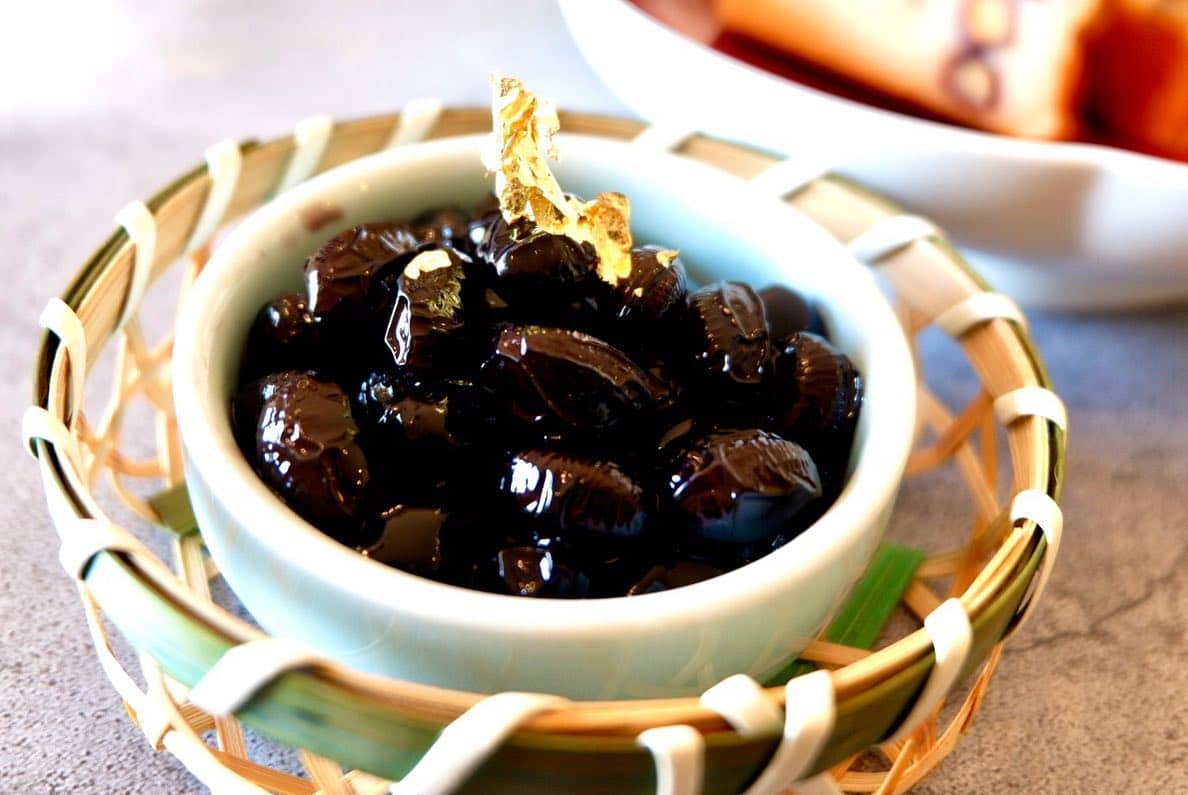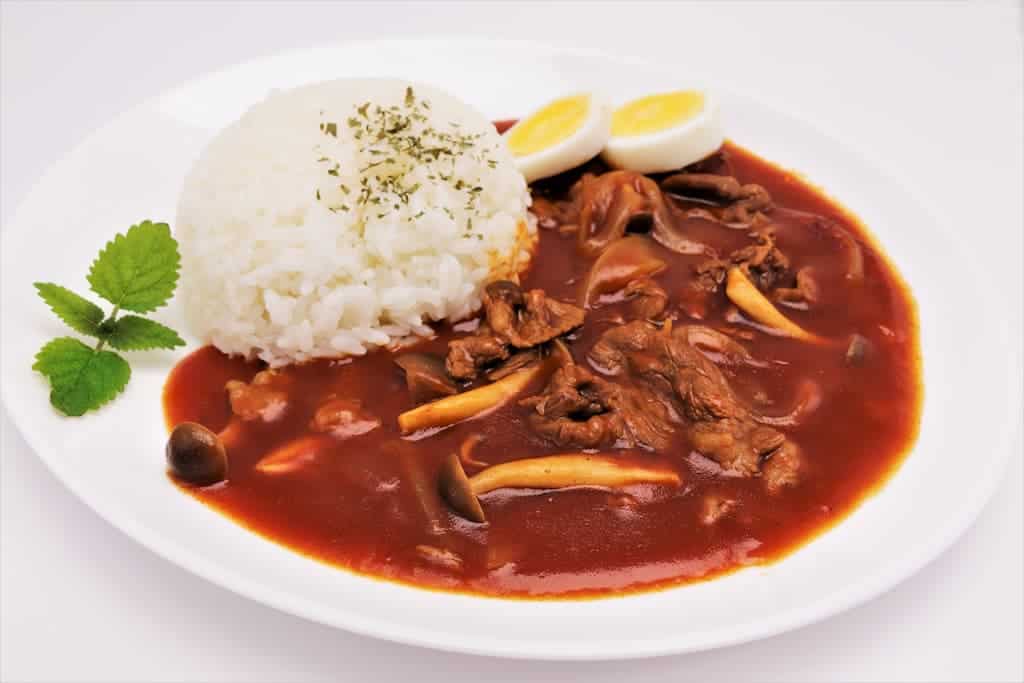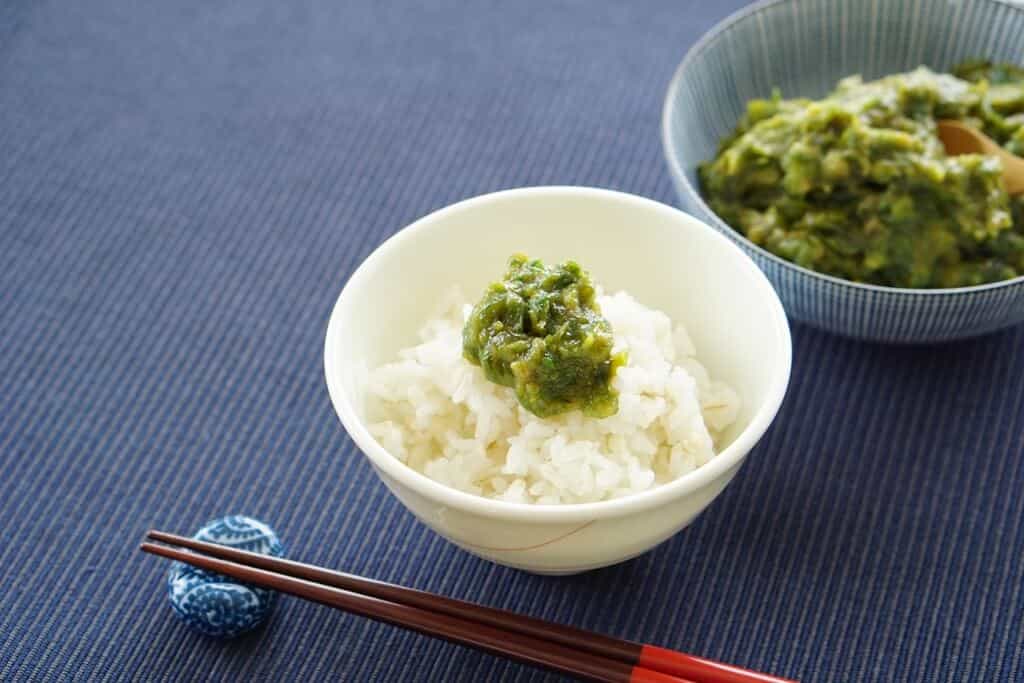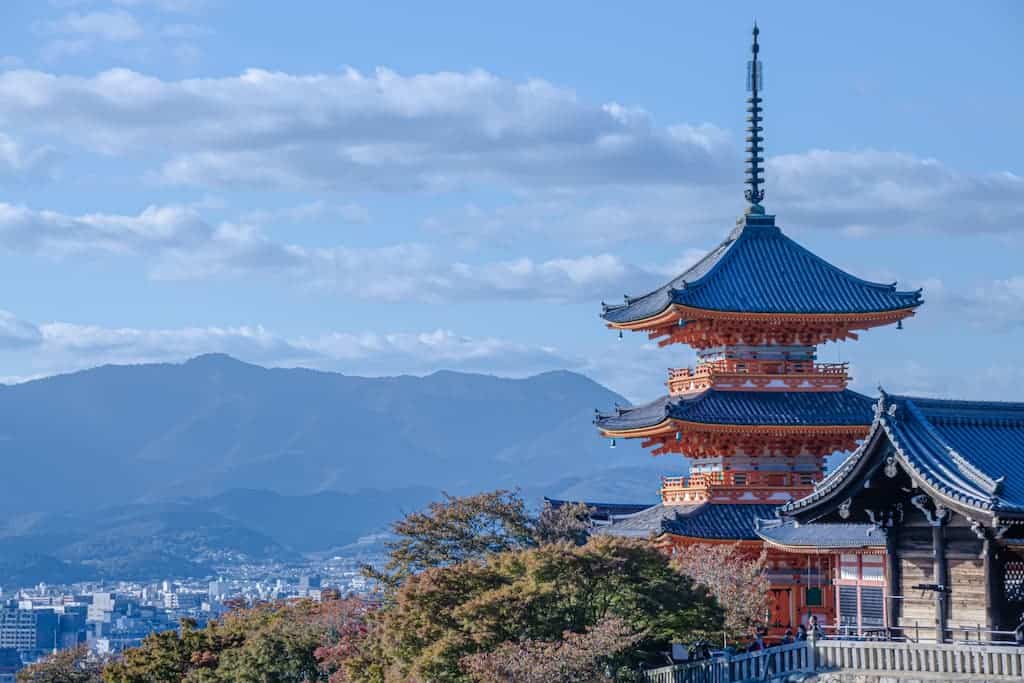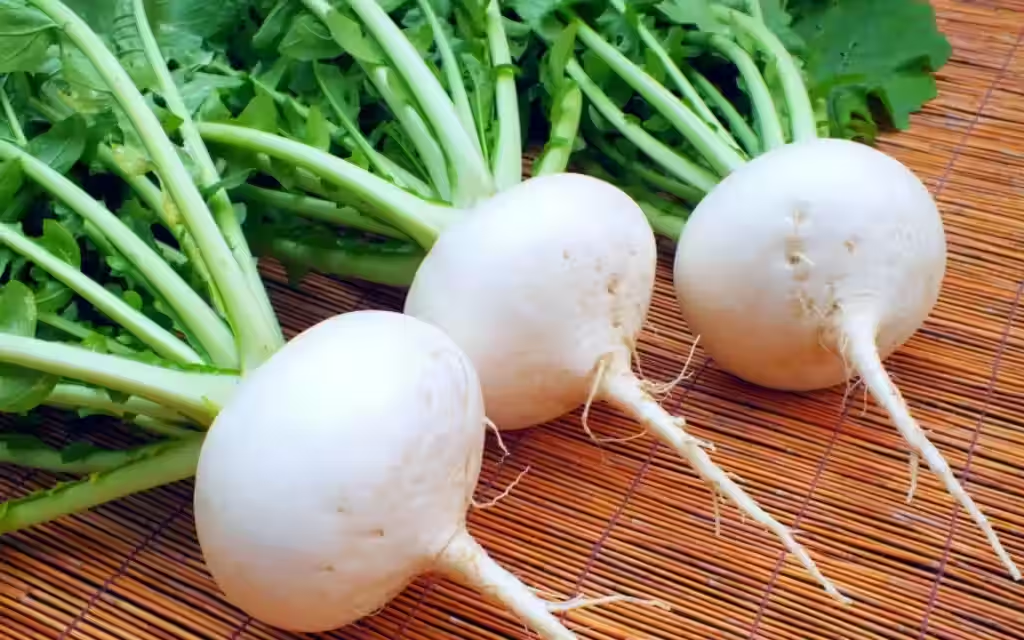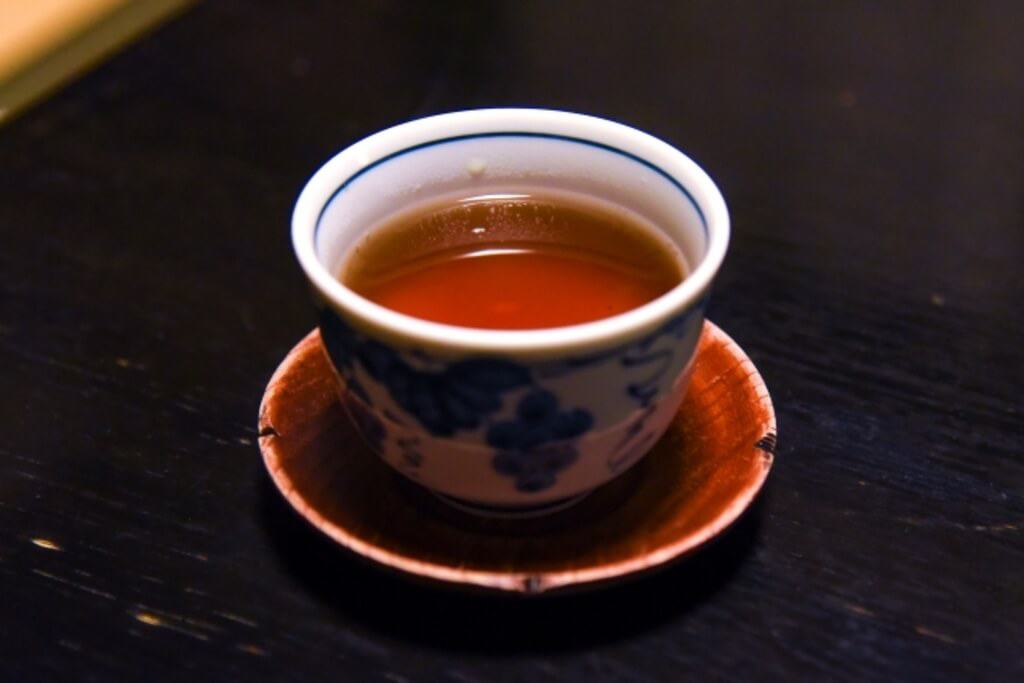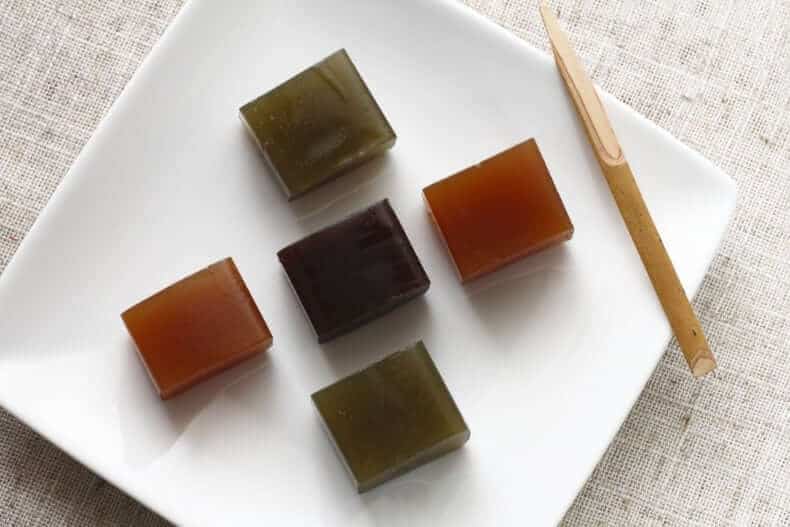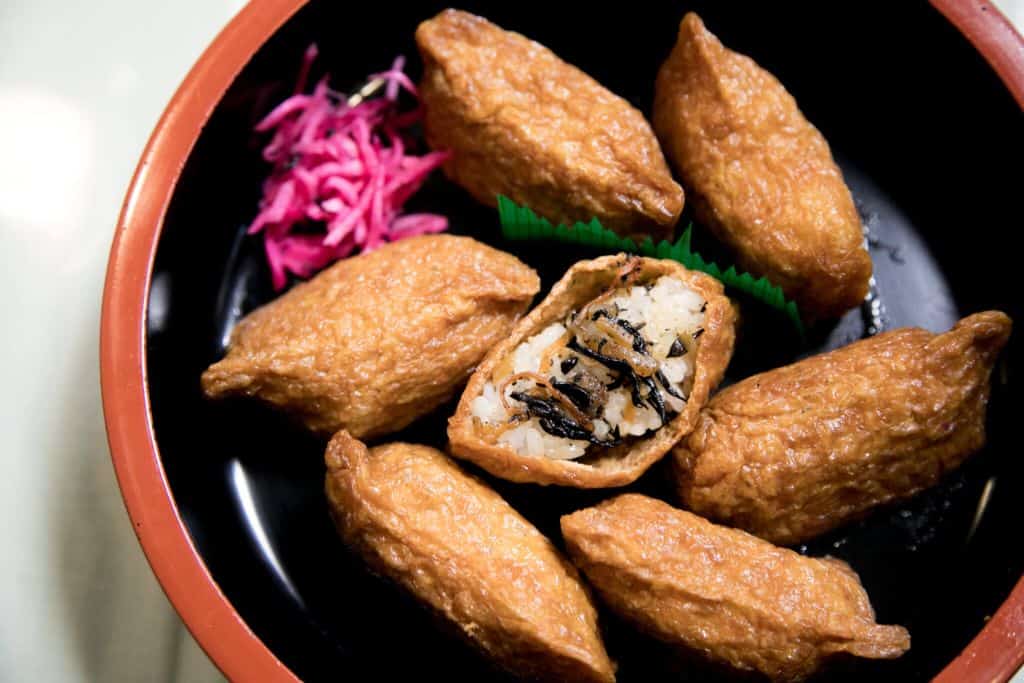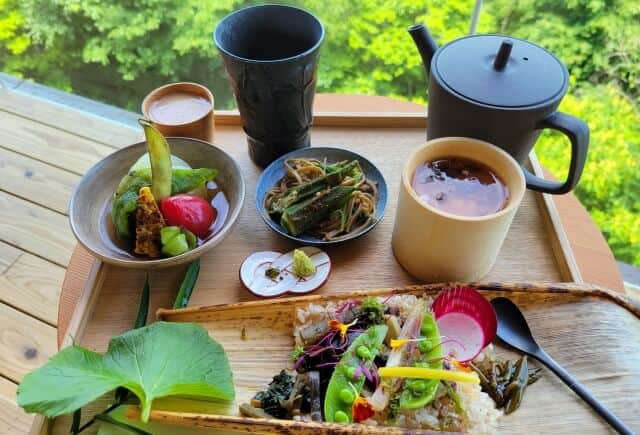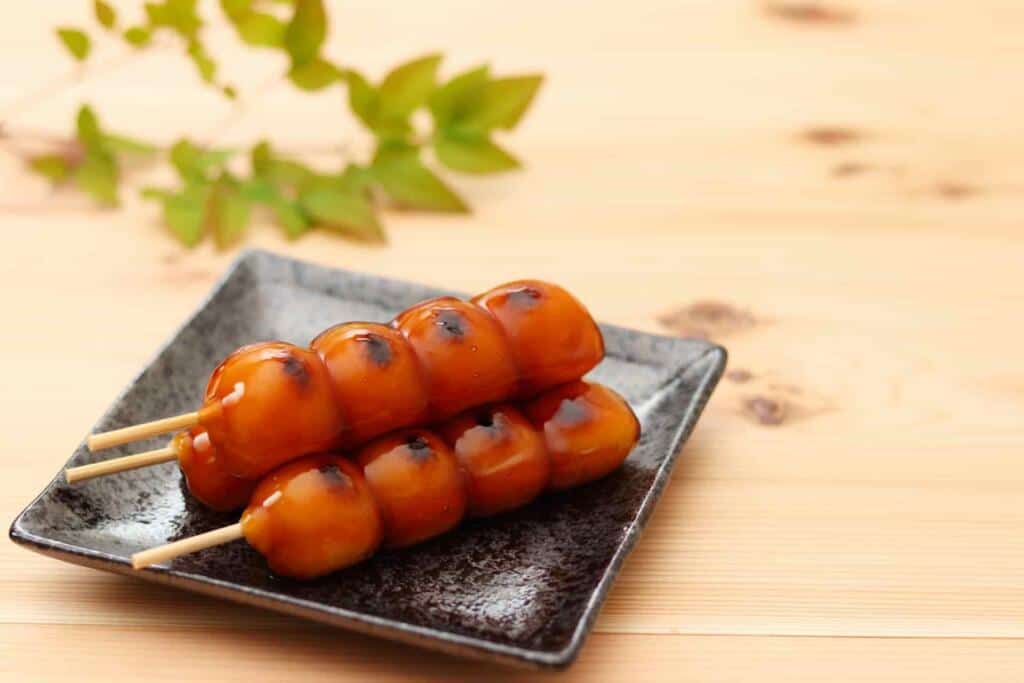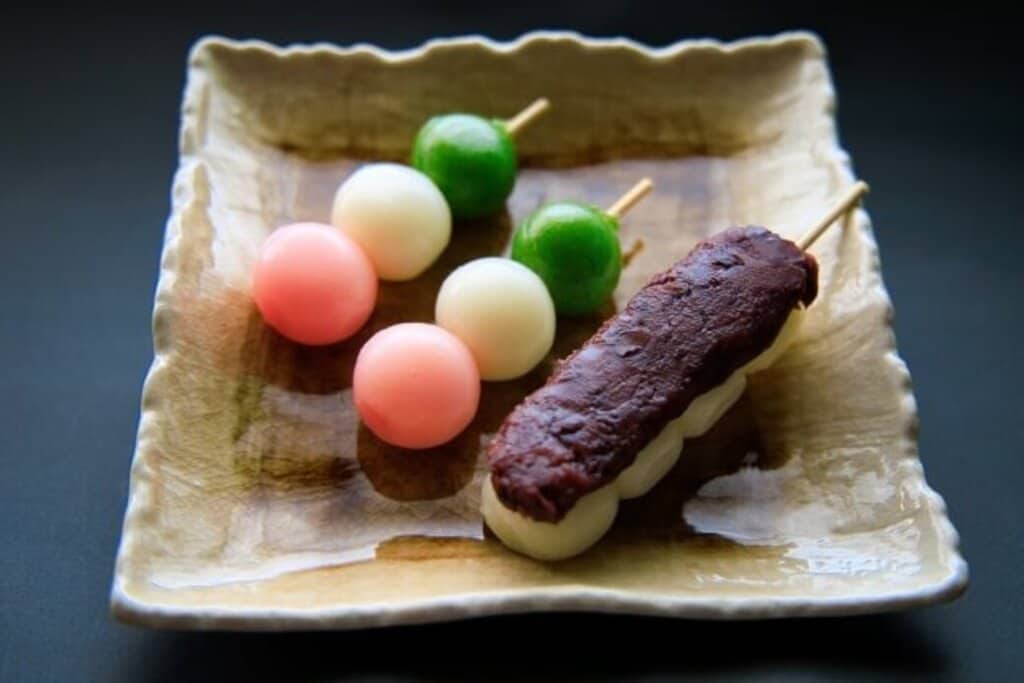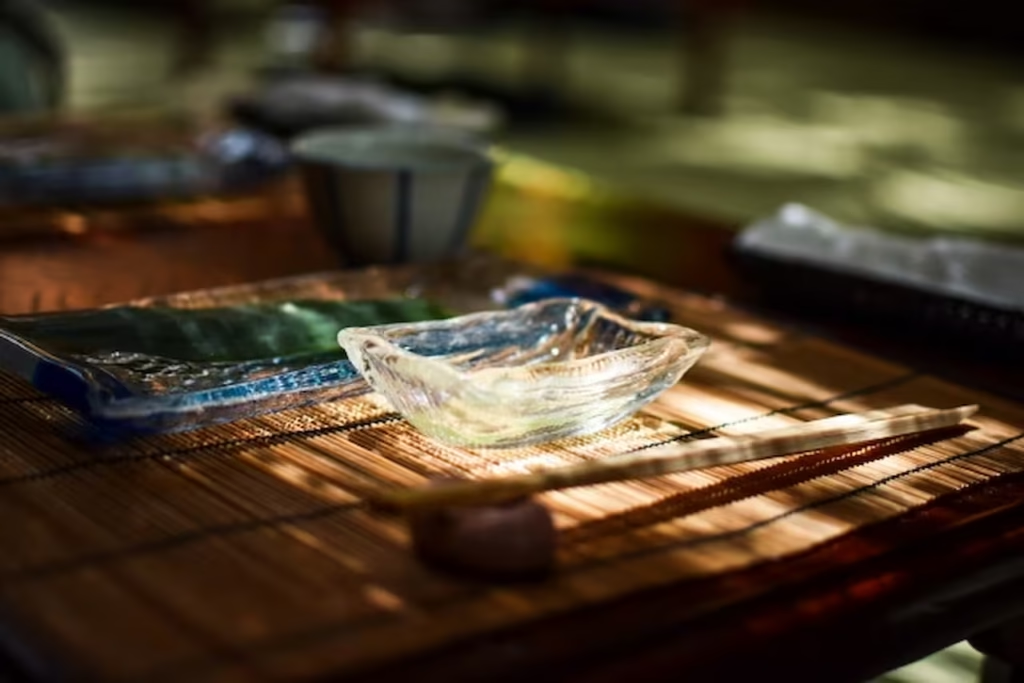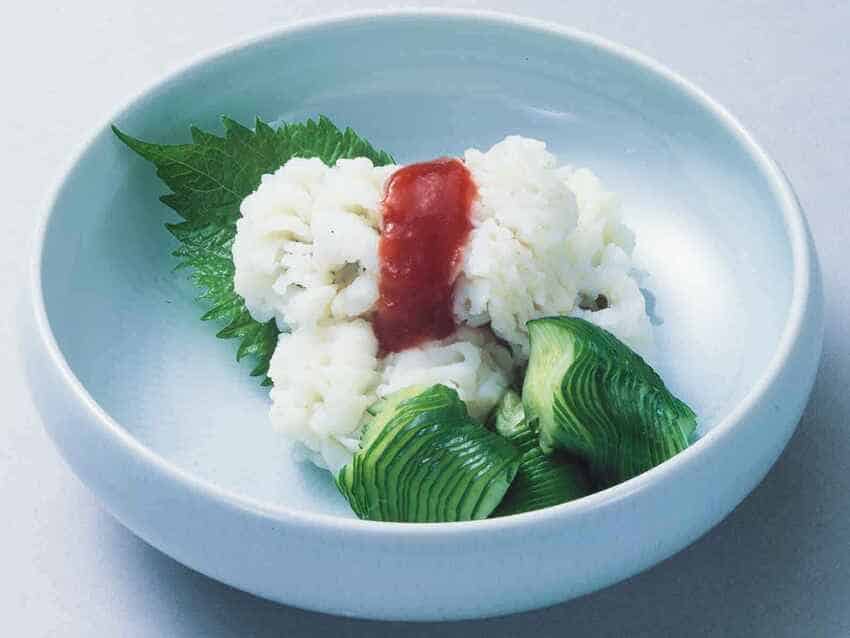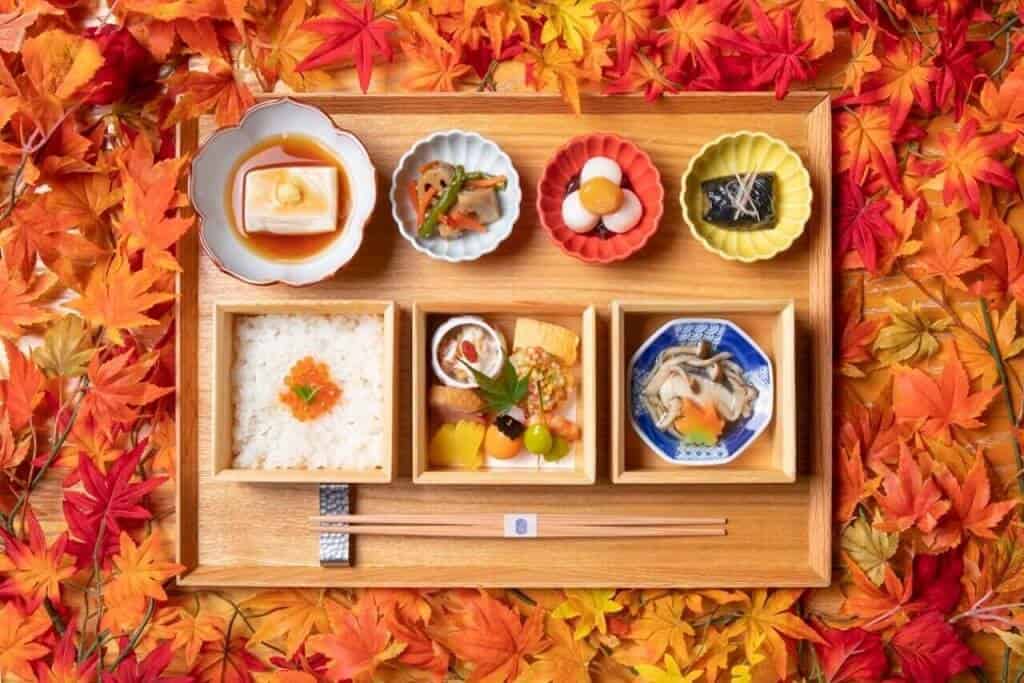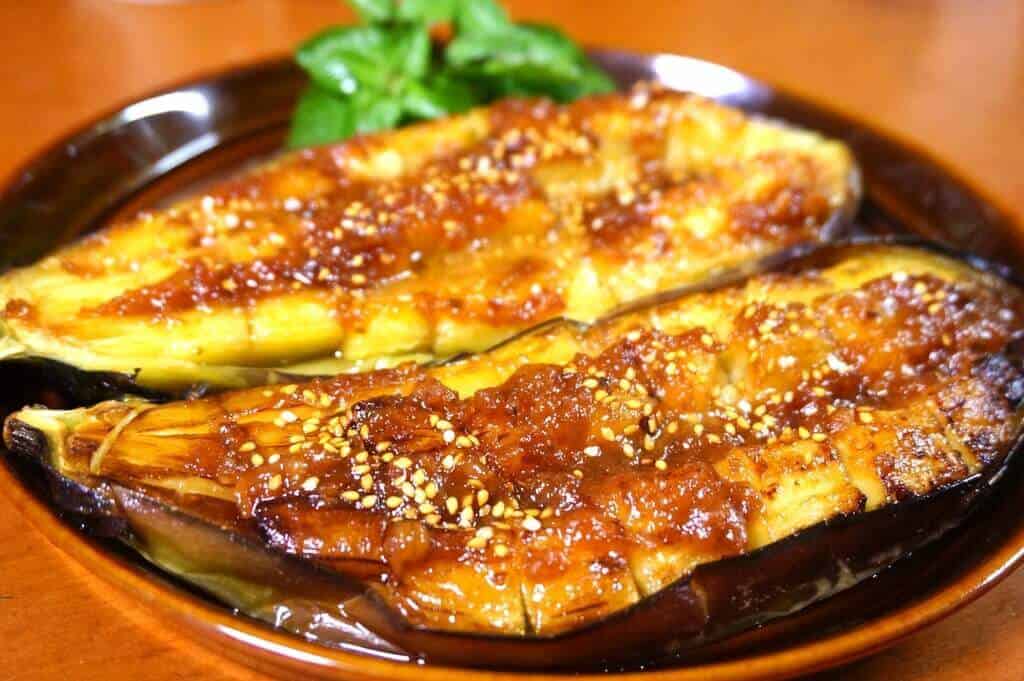TOC
1│History of Kyoto cuisine
2│Feature of Kyoto cuisine
3│Recommended food in Kyoto
3.1│Yudofu
3.2│Obanzai
3.3│Mitarashi Dango
3.4│Houjicha
4│Recommended restaurants
5│Takeaway
Kyoto Prefecture is a prefecture of Japan located in the Kansai region of Honshu. Surrounded on three sides by lush mountains and blessed with clear streams such as the Kamo River, this prefecture has prospered as the political, cultural, and religious center of Japan for more than 1,000 years. In the process, people have accumulated their daily lives, and while being influenced by various cultures, such as cultural interactions with princes, samurai, monks, etc., and their events and customs have become established in their daily lives. Kyoto people have nurtured the rich culture of Kyoto townspeople, including food culture, also known as Kyoryouri (京料理).
History of Kyoto food
Nara period - Heian period
The roots of Kyoto cuisine lie in the capital of Nara. At that time, people who lived in the capital of Nara were very picky about food. In the Nara period, people used to eat seafood as dried fish, but at the same time, they also used to eat kassen.
Warisen refers to sashimi. In other words, there has long been a culture of enjoying the taste of fresh sashimi. During this period, the way of cutting and serving ingredients developed and became stylized.
That technique has been handed down to today's Kyoto cuisine, and its traditional cooking techniques have been inherited.
Kamakura period - Sengoku period
As we entered the Kamakura period, food culture underwent major changes. This is due to the spread of shojin cuisine due to the transmission of Zen Buddhism to Japan. Shojin ryori was originally made using plant ingredients based on the religious teaching of not killing meat. By cooking ingredients that are by no means rich in food using various cooking methods, a culture of enjoying many "flavors" was born. There was a monk with the name "tenzo" in the temple at that time, whose main role was to prepare meals.
As a result, the culture of dashi, which can be said to be the core of Kyoto cuisine, has developed significantly. From this time on, certain cooking utensils began to be used. That cooking utensil is a mortar. With the spread of mortar, miso began to be used as a seasoning among the common people. As a result, many miso dishes such as miso soup, seasonings, simmered dishes, and denraku were born.
The cooking techniques of Kyoto cuisine were eventually inherited by samurai families, and techniques such as shojin cuisine were combined, and while changing their shape Japan they spread to various places. On the other hand, the culture of the tea ceremony developed, and kaiseki cuisine was invented to entertain guests.
Edo period
In the Edo period, a variety of cuisines developed in various parts of the Japan. Regardless of the form of cuisine such as kaiseki cuisine and honzen cuisine, many arranged dishes will be sent out into the world. In addition, multi-course meals served at banquets and dinners also appeared, and gradually spread among the common people.
Another essential aspect of Kyoto cuisine is catered food. When you hear the word catered, it may sound like a recent style of cooking. However, catered food has a very old history. In the old Japan days, people used to hold weddings at home, but in order to serve a much larger number of guests than usual families, the need for catered food increased and eventually became common. Later, in the Edo period, the culture of street food was born, and sushi restaurants, soba noodles, oden, etc. began to spread among the common people.
Feature of Kyoto cuisine
Kyoto food is popular for its elegant taste that brings out the original taste of the ingredients. Kyoto cuisine has developed cooking techniques and ingredients over a long history. If you dig deeper into the history, you will deepen your understanding of Kyoto cuisine and enjoy Kyoto cuisine more. There are five systems of Kyoto cuisine: Daikyo ryori, Shojin ryori, Honzen ryori, Kaiseki ryori and vocational cuisine.
Daikyo Ryori
Daikyo cuisine is a dish that developed in the official society where aristocrats and senior officials serving the imperial court in Japan entertained the emperor. Among the social rites of the nobility, it has developed greatly as a banquet dish. Daikyo cuisine is based on a cooking method that emphasizes the cutting of ingredients, dimensions, and platters. The way to add flavors to the ingredients was very simple, such as salt, vinegar, and soy sauce. All these flavors help deepen the original taste of the ingredients.
Shojin ryori
Speaking of food in Kyoto, we should refer Shojin cuisine. It developed in temple societies where meat eating was prohibited by religion. It has long been popular as a vegetable-centered dish, and delicious dishes are prepared by devising plant ingredients such as soybeans and boiled dishes. Using soybeans to "give it a meat-like texture and taste" is also a skill.
There are various dishes and ways to make Shojin ryori. Let's find out here!
Honzen Ryori
Honzen cuisine developed based on the samurai etiquette of the Muromachi period. The act of eating a meal has a strong ceremonial connotation, and in modern times it was popular as a dish used for ceremonial occasions.
Kaiseki ryori
Kaiseki ryori developed among townspeople and samurai under the influence of the style and philosophy of wabicha. You can generally see it at tea ceremonies and tea parties. If you drink strong tea on an empty stomach, you should not be able to understand the taste of the tea and enjoy it fully, so kaiseki ryori was served as a hospitality dish.
Kaiseki ryori is more than simply a meal; it’s a refined eating experience with profound historical, culinary, and aesthetic roots in Japanese culture. Find details about Kaiseki ryori here.
Vocational cuisine
The vocational cuisine is based on town cuisine such as chakaiseki, shojin ryori, and obanzai, and was served as a dish for setsukai in the imperial court.
Food in Kyoto
Yudofu
One of Kyoto's standard gourmet foods is yudofu! It is a simple dish in which tofu is boiled in kelp dashi and eaten with condiments and ponzu sauce, but the taste of soybeans is firmly conveyed and you can feel the taste of the ingredients.
Obanzai
Obanzai refers to home-cooked food that has been passed down through the generations of families in Kyoto. It is a side dish made with time and effort using seasonal ingredients such as seasonal Kyoto vegetables.
Mitarashi Dango
Mitarashi Dango is the traditional Japanese sweets (Wagashi). It has another name “kushi dango” or “shoyu dango”, which are small white grilled dumplings on skewers that you can enjoy by dipping in soy sauce and sweet sauce glaze.
Houjicha
“Hojicha” is a type of Japanese green tea. By roasting tea leaves over high heat until the leaves turn reddish brown, you can make your own Hojicha. This gives the tea a nutty, caramel-like flavor and a mild, smooth taste. Hojicha has less caffeine than other green teas, making it a popular choice for drinking in the evening or before bed. This tea is popular among men and women of all ages for its mild taste.
Recommended restaurants for Kyoto food
[Yudoufu] Okutan Shimizuten (総本家ゆどうふ 奥丹 清水店)
If you are looking for a good restauran in Kyoto that serve delicious Yudofu, we would like to recommend Okutan Shimizuten. Founded in 1935, “Okutan Shimizuten” has inherited its history without changing the taste or atmosphere. You can enjoy your meal while gazing at the 600 tsubo-wide garden where you can enjoy the beautiful scenery of the four seasons. There is a homemade tofu workshop in the basement of this large garden, and the hands of craftsmen make the tofu used in the dishes of the day.
[Kaiseki ryori] Soko (宗胡)
Sogo is a vegetable kaiseki restaurant run by a two-Michelin-starred chef. There are counter seats, semi-private rooms, and complete private rooms where you can have your own privacy and enjoy your meal in a calm atmosphere. It is a course meal, and the course menu changes once every three weeks. You can enjoy creative kaiseki cuisine using seasonal vegetables. Those who wish to have complete Shojin Ryori must make a reservation in advance.
[Kyoto Ramen] Shinpuku Saikan Main Store (新福菜館 本店)
When you travel anywhere in Japan, we recommend you try ramen of this place as Japanese ramen might be different depending on the region. Speaking of Kyoto ramen, Shinpuku Saikan Main Store is one of the best choice. In 1938 Mr. Xu Yongbao from Zhejiang Province, China offers Chinese noodles at a food stall. This is the beginning of Chinese noodles with dark soy sauce at “Shinpuku Saikan Main Store”. The toppings are char siu and Kujo green onions. A secret sauce soup made by blending dozens of ingredients with rich soy sauce using chicken and pork. It is not as dark as it looks and has a mild taste and richness.
[Mitarashi Dango] Mejiro Shimura (目白志むら)
As we stated before, Mitarashi Dango is an inconic sweet of Kyoto. If you want to eat it, try Mejiro Shimura. Founded in 1939 (Showa 14), this Japanese sweets shop is famous for its famous Mejiro confection, ‘Tsukumochi’. The sweet shop in Mejiro has a tea room that you can enjoy as a restaurant, and is widely loved by the locals. There are so may types of interesting and delicious dango here so do not hesitate to put this place in your list!
[Gyokuro] Kosoan Jiyugaoka (古桑庵)
Kosoan Jiyugaoka is the best place to enjoy Gyokuro, a specialty of Kyoto. It is a stunning traditional Japanese style with peaceful atmosphere in Meguro city of Tokyo. You can drink tea in a tatami in the private house with charming view of the garden. This is the have-to-try experience if you are a lover of Japanese culture, especially chado (茶道).
Takeaway
We have introduced a variety of Kyoto gourmet foods but there are much more dishes that we would like to recommend. It's often hard to decide which one to eat, but there are many famous restaurants in Kyoto. Therefore, if you are planning to visit Kyoto please check in advance to see which food you want to try.
Let's explore the iconic dishes of Kyoto with the articles below!
